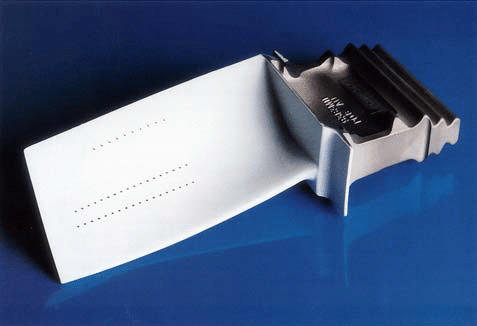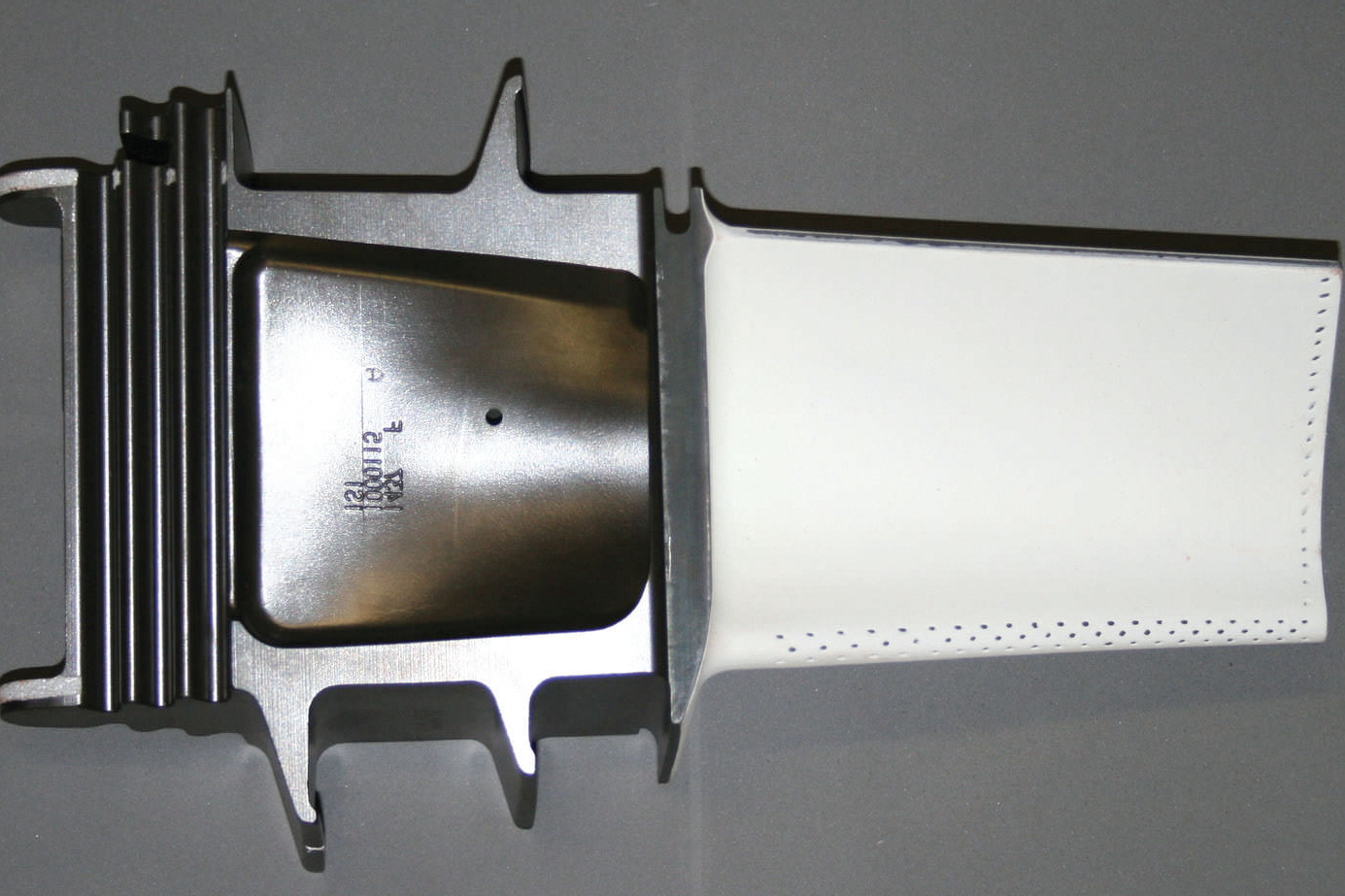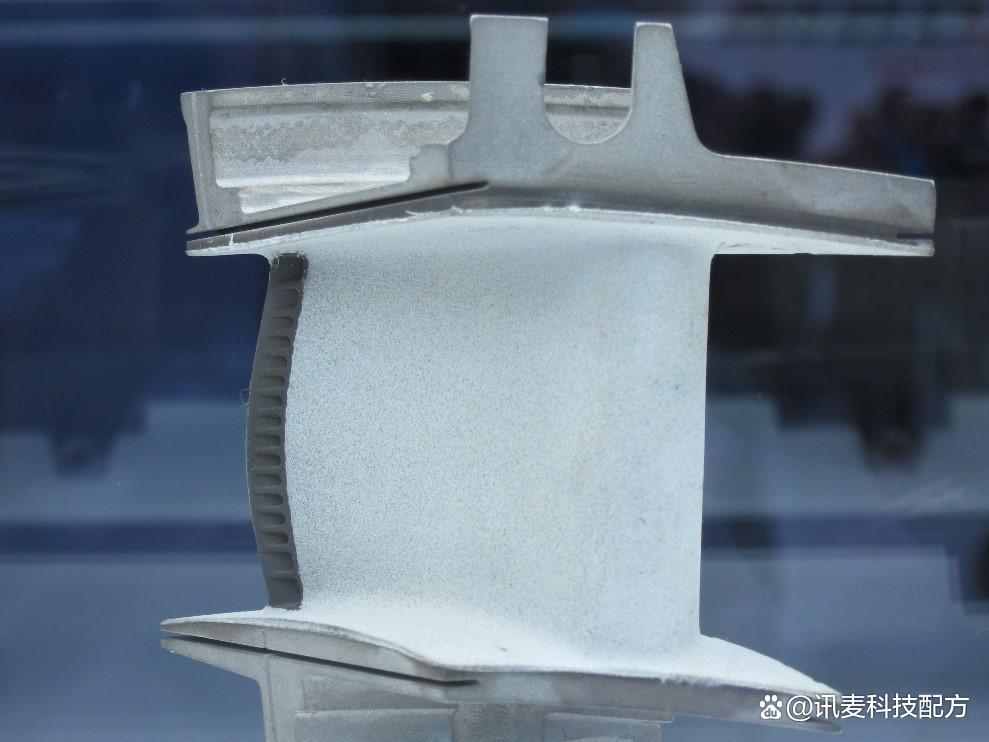How do TBC coatings improve engine efficiency and performance?
How Do TBC Coatings Improve Engine Efficiency and Performance?
Reduced Heat Loss and Higher Combustion Temperatures
Thermal Barrier Coatings (TBCs) improve engine efficiency by minimizing heat loss from critical components such as combustion chambers, exhaust manifolds, and turbine blades. Made from low thermal conductivity ceramics like yttria-stabilized zirconia (YSZ), TBCs act as insulating layers that retain thermal energy within the combustion cycle. This allows engines—particularly those built with Superalloy 3D Printing—to operate at higher inlet temperatures, increasing thermal efficiency and power output without compromising material integrity.
Protection of Critical Components from Thermal Degradation
TBCs shield engine components from oxidation, creep, and thermal fatigue by reducing substrate temperature by 150–300°C. This protection enhances the longevity of metal parts like Inconel 718 turbine vanes and Ti-6Al-4V exhaust elements. By stabilizing surface temperatures, TBCs help maintain dimensional precision, reduce component replacement frequency, and ensure long-term performance under high-cycle loading conditions.
Improved Air-Fuel Efficiency and System Output
In automotive and aerospace propulsion systems, TBCs contribute to more complete combustion by maintaining ideal combustion chamber temperatures. This results in improved air-fuel ratios, lower fuel consumption, and higher thrust-to-weight ratios. With less thermal energy dissipated into engine walls, more heat energy is converted into mechanical work, directly enhancing engine performance.
Reduced Cooling Requirements and System Mass
With TBCs insulating high-temperature surfaces, engines require less active cooling. This allows for smaller cooling channels, lighter thermal management systems, and simplified component geometry—especially beneficial in designs manufactured via Titanium 3D Printing or Ceramic 3D Printing. The result is increased design flexibility, mass reduction, and greater system-level efficiency.
Recommended Services for Performance-Driven Engine Parts
Neway supports high-efficiency engine development with additive manufacturing and advanced coating solutions:
High-Performance Additive Manufacturing:
Superalloy 3D Printing: For hot-section engine components under extreme load.
Titanium 3D Printing: For lightweight structural and thermal parts.
Ceramic 3D Printing: For components with direct heat exposure and minimal conductivity.
Thermal and Structural Optimization:
Thermal Barrier Coatings (TBC): Enhances heat retention and component durability.
Heat Treatment: Refines strength for high-temperature engine operation.
Hot Isostatic Pressing (HIP): Eliminates porosity to ensure stress resistance and thermal reliability.



